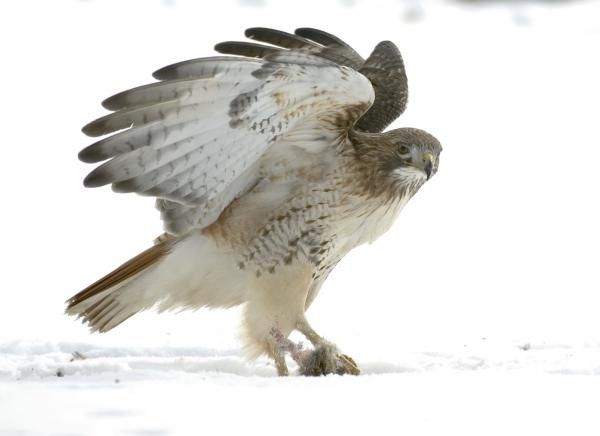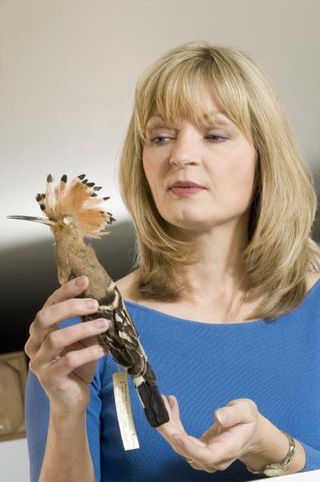
Birders Rejoice: Library Puts Avian Calls, Photos and Maps Online

Attention, bird watchers: A treasure trove of all things bird-related can now be found online, thanks to a new database.
Bird sounds, photos and information have been collected for a growing library curated by the Avian Vocalizations Center at Michigan State University, in East Lansing. The database offers free downloads of bird sounds from around the world, plus sonograms that visually chart the sounds, photos of birds recorded, Google Earth maps of recording locations, and links to other sound collections. [Related: Image Gallery: Rare and Exotic Birds]
More than 10,200 recordings from over 3,190 species in 45 countries are now available "and that's growing quickly," said Pamela Rasmussen, an assistant professor of zoology and assistant curator at the Avian Vocalizations Center (Avocet). "Soon recordings and their data from many more species and areas will be available for download from Avocet." [Hear a red-tailed hawk here.]
There are, after all, some 10,000 or so bird species in the world. Many, such as cardinals, even sing in regional dialects. Some birds have huge vocabularies a single male brown thrasher is known to produce 2,000 different notes.

As the author of an exhaustive reference work on the birds of South Asia, Rasmussen personally recorded birds on every continent for this project. Her work in the Philippines alone netted 597 recordings from 120 species, many of them threatened. Some of those sound types are not available to the public anywhere other than Avocet.
Avocet also has recordings captured by 65 other people around the world, including ornithologists, professional guides, and Michigan State University students from Rasmussen's study abroad and ornithology courses.
Digital technology has revolutionized birding, Rasmussen said, allowing enthusiasts and professionals to more easily record, share and play bird calls. The ability to identify birds vocally is crucial for monitoring bird movements and populations, including such popular events as the annual Christmas bird counts organized across the United States. A comprehensive collection of bird sounds can yield better understanding of habitats, ranges and habits, while allowing more efficient and thorough biodiversity studies, Rasmussen said.
Sign up for the Live Science daily newsletter now
Get the world’s most fascinating discoveries delivered straight to your inbox.
"It's very difficult to see birds in a tropical rain forest , but not difficult to hear and recognize them," she said.

The site is oriented to the scientific community; scientists can use the data to map avian biodiversity and perhaps identify new species.
"We know that certain species will go extinct in the near future, and sadly there's not a lot that can realistically be done about it," Rasmussen said. "However, ornithologists and birders do now have the opportunity to document virtually all the species of birds out there in one way or another, and one major goal of Avocet is to contribute to this effort."
{brightcove LS_101208_bird-call}













